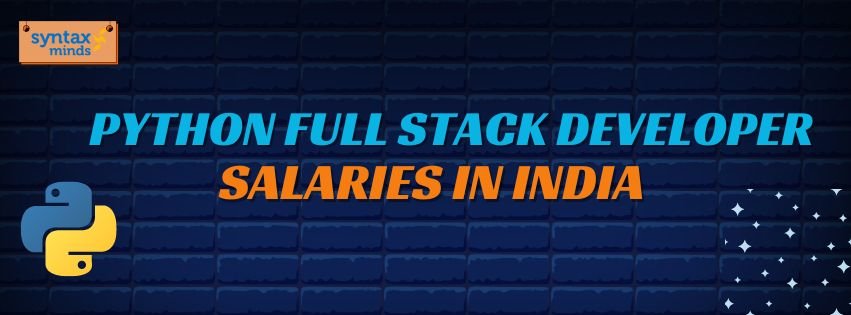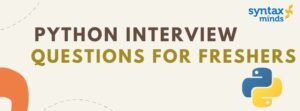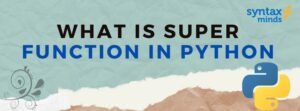The Python full stack developer job market is quite robust and continues to grow, driven by the increasing demand
Here’s an overview of job Trends, salaries, and roles:
Table of Contents
ToggleJob Market Trends
Growing Demand: With the rise of digital transformation, companies are looking for full-stack developers who can handle both frontend and backend.
Remote Work: Many companies offer remote or hybrid work options, broadening job opportunities.
Startups and Established Firms: Both sectors are hiring full-stack developers, often with a preference for those with strong Python skills.

Job Roles
- Junior Full-Stack Developer
Entry-level position for those starting out in full-stack development.
- Mid-Level Full-Stack Developer
Requires a few years of experience, typically 2-5 years.
- Senior Full-Stack Developer
More experienced role, often leading projects and mentoring juniors, usually requiring 5+ years of experience.
- Technical Lead/Architect
Focuses on architectural decisions and team leadership.
Python full-stack developer Salaries in india
Salary Range
Junior Full-Stack Developer: ₹3,00,000 to ₹6,00,000 per annum
Mid-Level Full-Stack Developer: ₹6,00,000 to ₹12,00,000 per annum
Senior Full-Stack Developer: ₹12,00,000 to ₹20,00,000+ per annum
Technical Lead/Architect: ₹15,00,000 to ₹30,00,000+ per annum
Factors Influencing Salary
- Experience: More years generally lead to higher pay.
- Location: Salaries in metropolitan cities like Bangalore, Hyderabad, and Mumbai tend to be higher.
- Skills: Proficiency in modern frameworks and technologies can increase your value.
- Company Size: Startups may offer equity or bonuses, while large corporations typically offer higher base salaries.
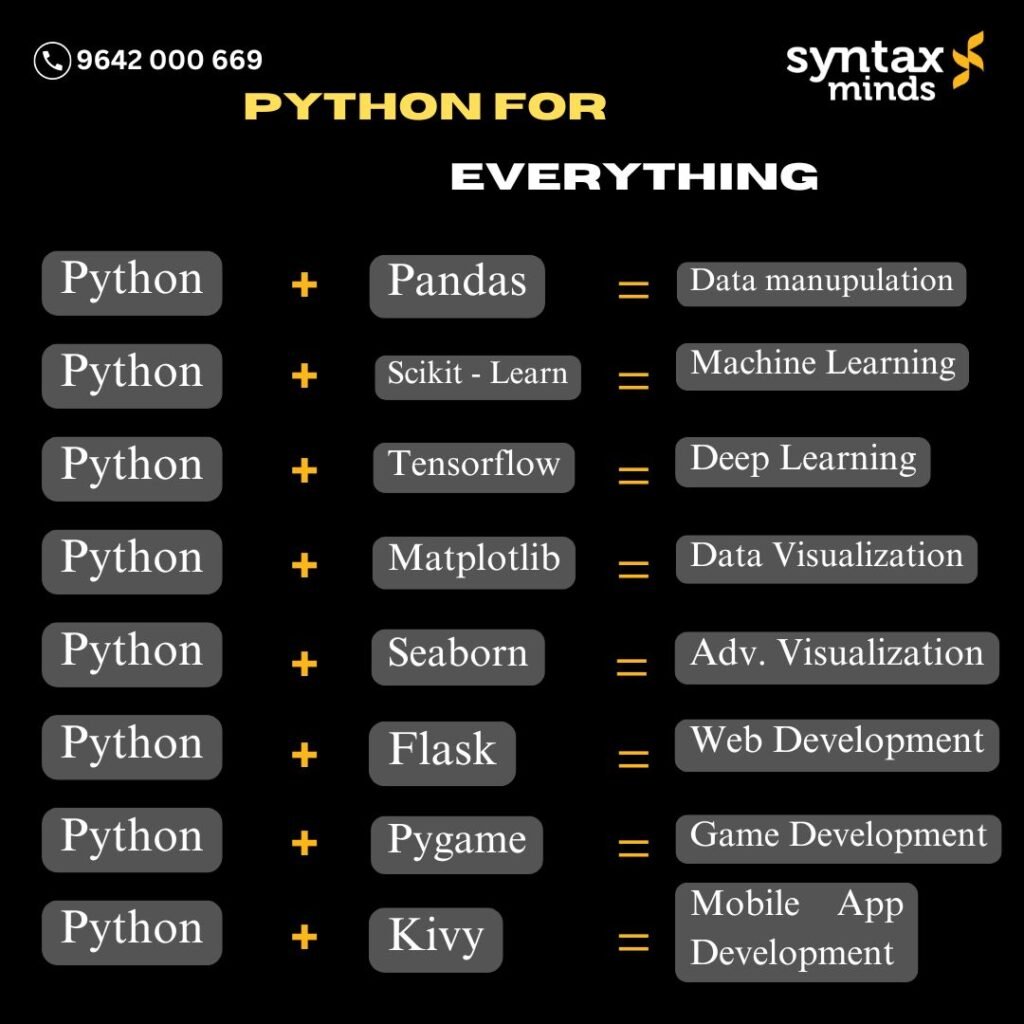
Job Portals
To find job openings, consider checking:
Naukri.com
Indeed
Glassdoor
AngelList (for startup jobs)
Becoming a full-stack developer with a focus on Python involves mastering both frontend and backend technologies.
Here’s a roadmap to help you get started:
Understand the Basics of Web Development
HTML/CSS: Learn how to structure and style web pages.
JavaScript: Gain a good understanding of JavaScript, including ES6+ features.
Learn Python
Core Python: Understand data types, control structures, functions, and OOP principles.
Web Frameworks: Familiarize yourself with frameworks like Flask or Django for backend development.

Backend Development
Tools
- Web Frameworks
Flask: A lightweight framework for building web applications.
Django: A high-level framework that includes built-in features like authentication and ORM.
- Database Management
PostgreSQL: A powerful relational database.
MySQL: Another widely used relational database.
MongoDB: A popular NoSQL database for unstructured data.
SQLAlchemy: An ORM for SQL databases in Python.
- API Development
Django REST Framework: For building RESTful APIs with Django.
Flask-RESTful: An extension for Flask to create REST APIs.
- Authentication Tools
Django Allauth: For handling user authentication in Django.
Flask-Security: For managing user authentication and roles in Flask.
- Testing Frameworks
pytest: A robust testing framework for Python applications.
unittest: A built-in Python module for writing and running tests.
Frontend Development
Tools
- HTML/CSS Frameworks
Bootstrap: A CSS framework for responsive design.
Tailwind CSS: A utility-first CSS framework.
- JavaScript Frameworks
React: A popular library for building user interfaces.
Vue.js: A progressive framework for building UIs.
Angular: A platform for building mobile and desktop web applications.
- State Management
Redux: A state management library for React applications.
Vuex: State management for Vue.js applications.
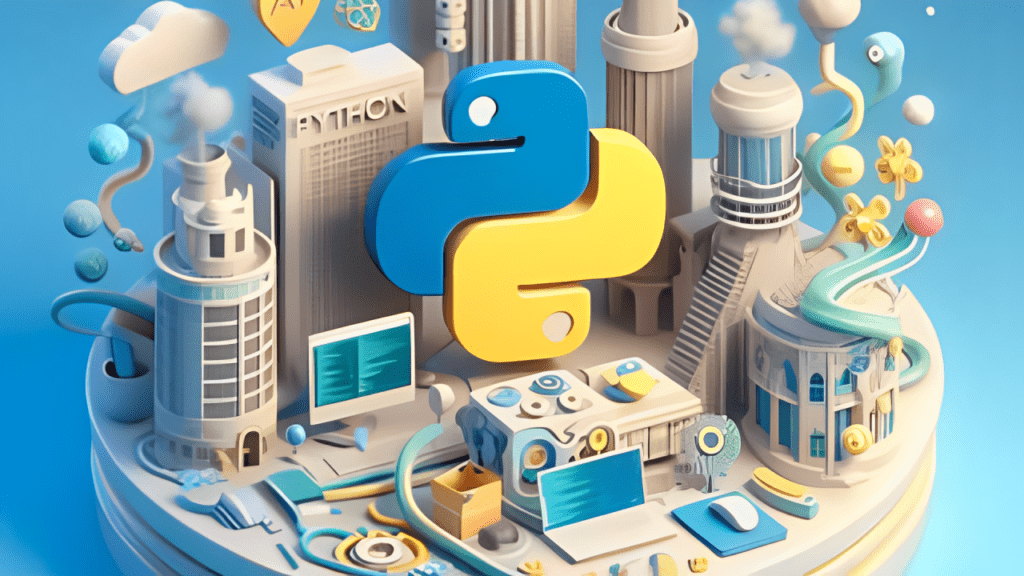
Version Control & Collaboration
Git: Essential for version control; use GitHub or GitLab for collaboration and repository hosting.
Deployment & DevOps
Tools
- Containerization
Docker: For creating and managing containers.
- Cloud Services
Heroku: A platform as a service for deploying applications.
AWS: Offers various services for deploying and managing applications.
DigitalOcean: Simple cloud infrastructure for deploying applications.
- CI/CD Tools
GitHub Actions: For automating workflows and deployments.
Travis CI: Continuous integration service for GitHub projects.
7. Development Environment
1. Code Editors/IDEs
Visual Studio Code: A versatile code editor with many extensions.
PyCharm: A powerful IDE specifically for Python development.
- Package Management
pip: The package installer for Python.
pipenv: A tool that combines `pip` and `virtualenv` for managing dependencies.
Monitoring & Logging
Sentry: For error tracking and performance monitoring.
LogRocket: For monitoring and analyzing front-end performance and issues.
Miscellaneous
Tools
Postman: For testing APIs.
Swagger/OpenAPI: For documenting RESTful APIs.
Figma: For UI/UX design and prototyping.
Additional Skills
Testing: Write tests using frameworks like pytest or unittest.
Authentication/Authorization: Implement user authentication using OAuth or JWT.
WebSockets: Understand real-time communication for applications.
Build Projects
Start with small projects (e.g., a to-do app, blog, or portfolio site).
Gradually move to more complex applications that integrate both frontend and backend.
Stay Updated
Follow tech blogs, participate in communities, and continue learning new technologies and best practices.
Portfolio & Job Search
Create a strong portfolio showcasing your projects.
Tailor your resume and LinkedIn profile to highlight relevant skills and projects.
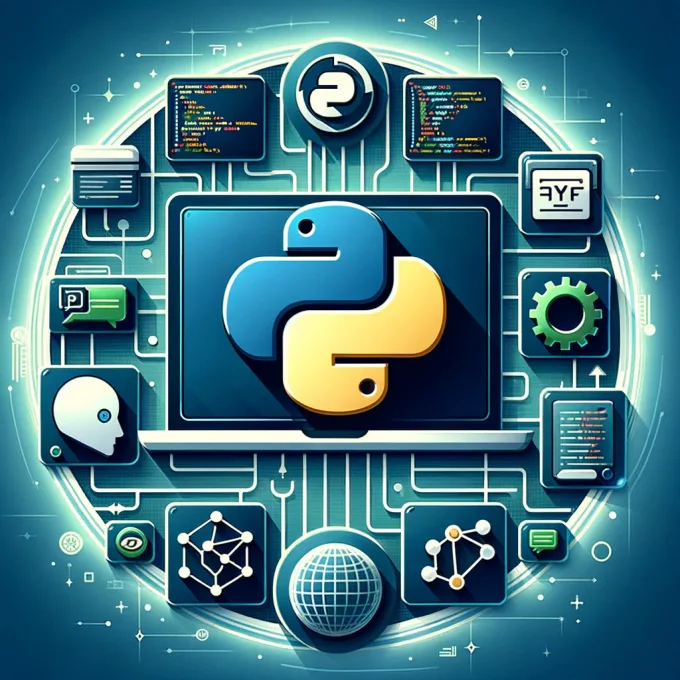
The demand for Python full-stack developers in India is strong, given the increasing focus on web development and data-driven applications.
By focusing on building a strong skill set and gaining relevant experience, you can position yourself well for a successful career as a Python full-stack developer in India.
By following these steps, you’ll build a solid foundation as a Python full-stack developer. Good luck!

